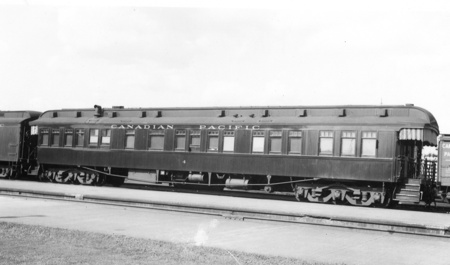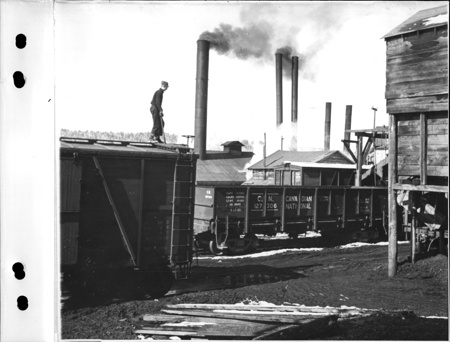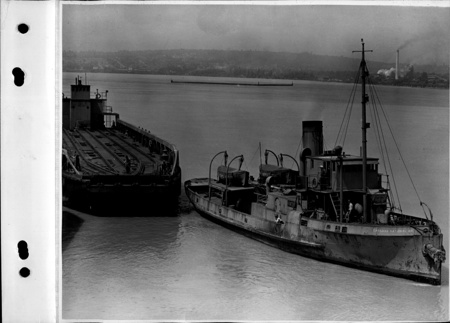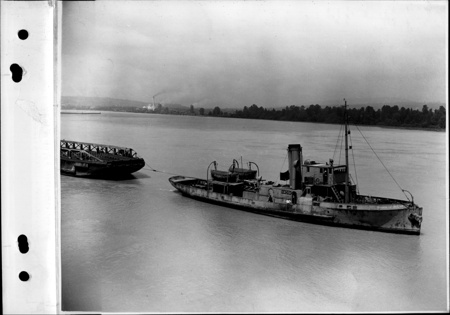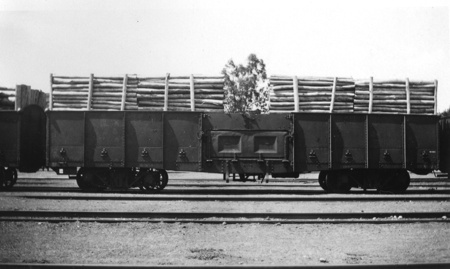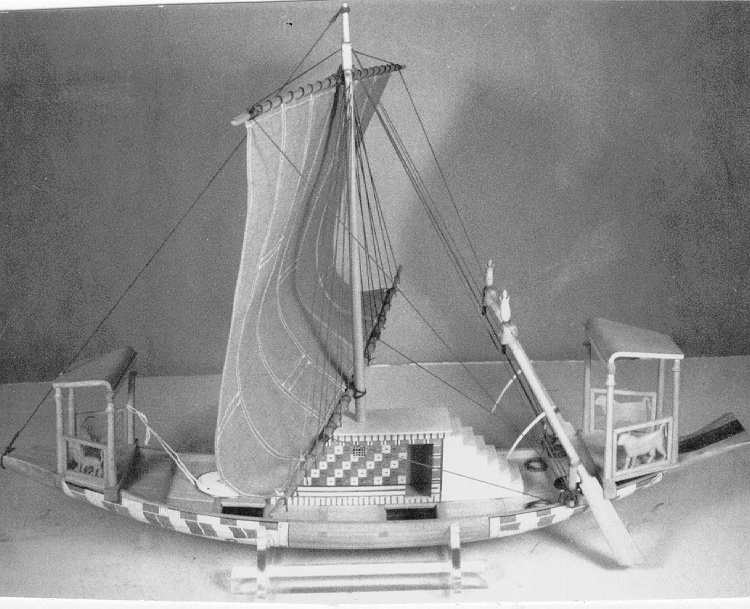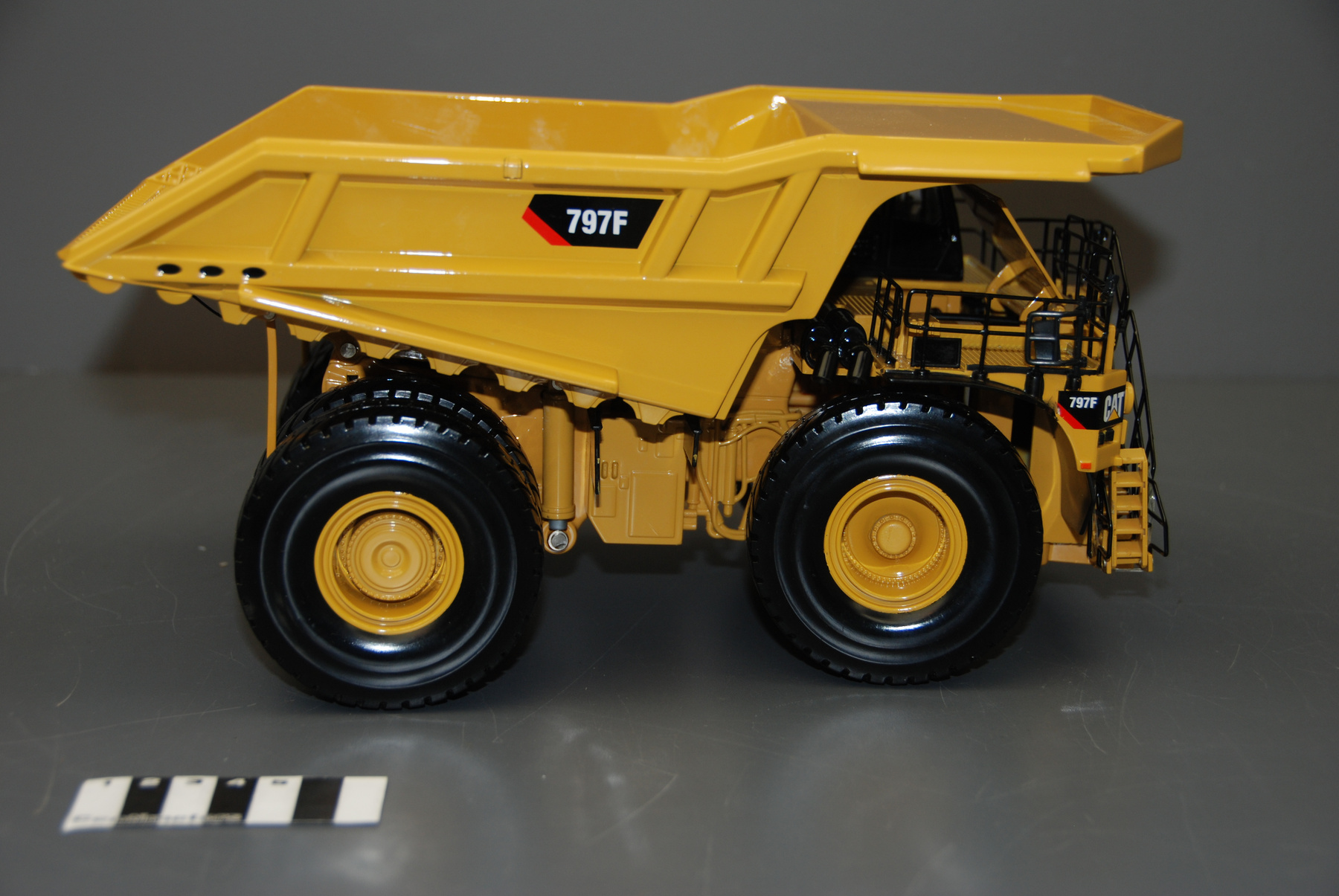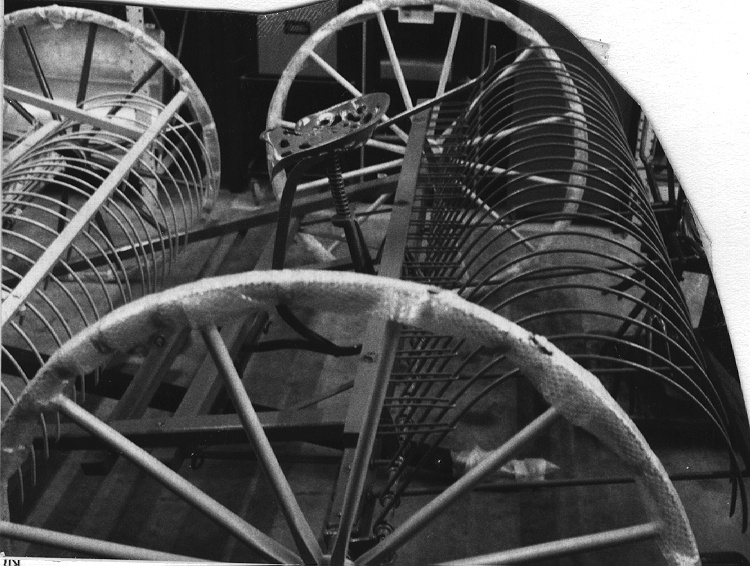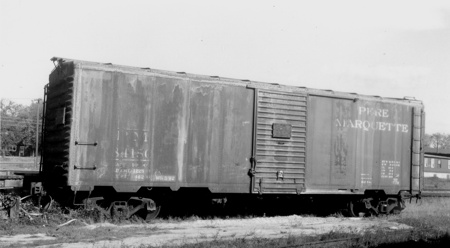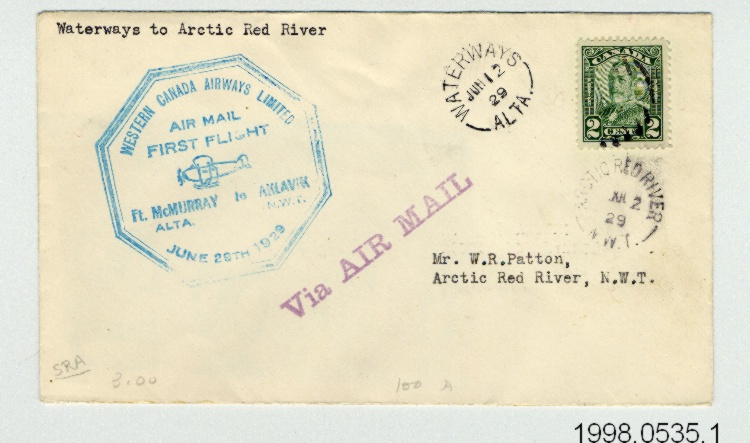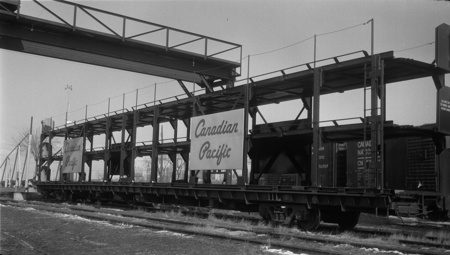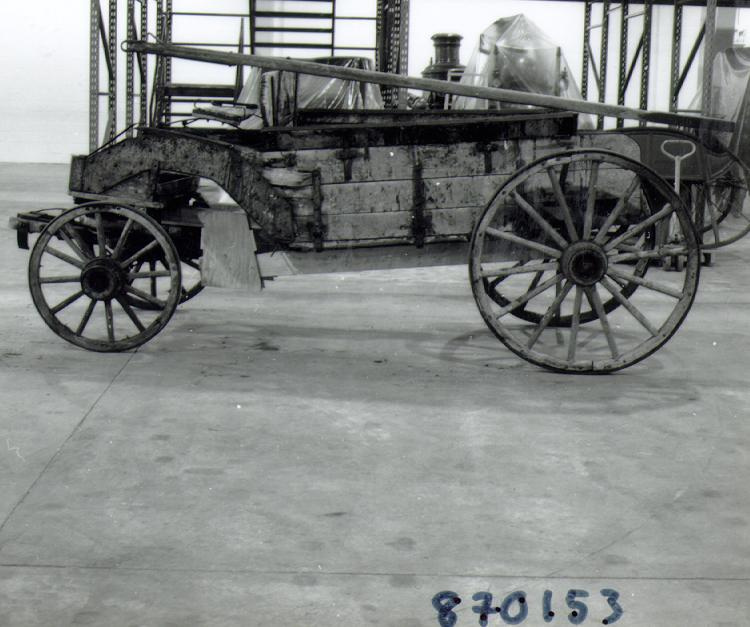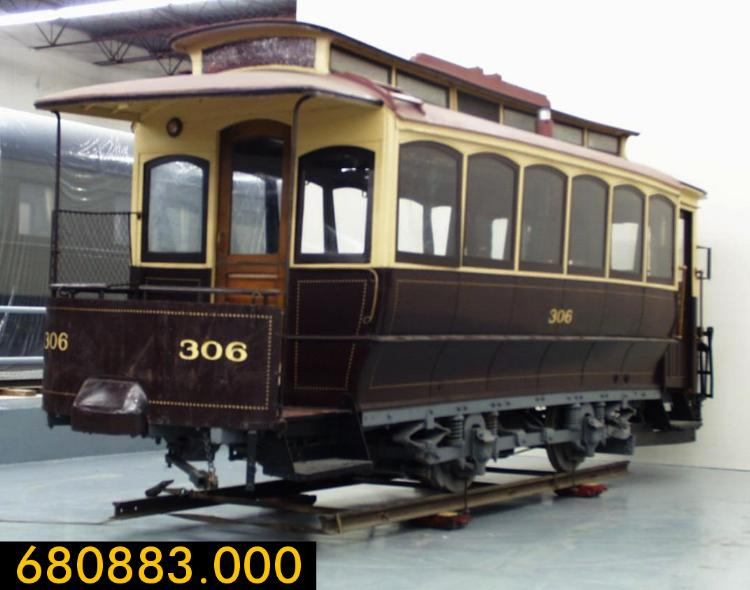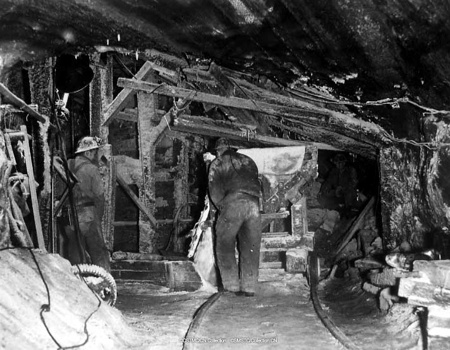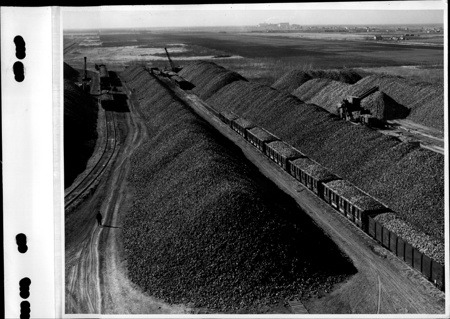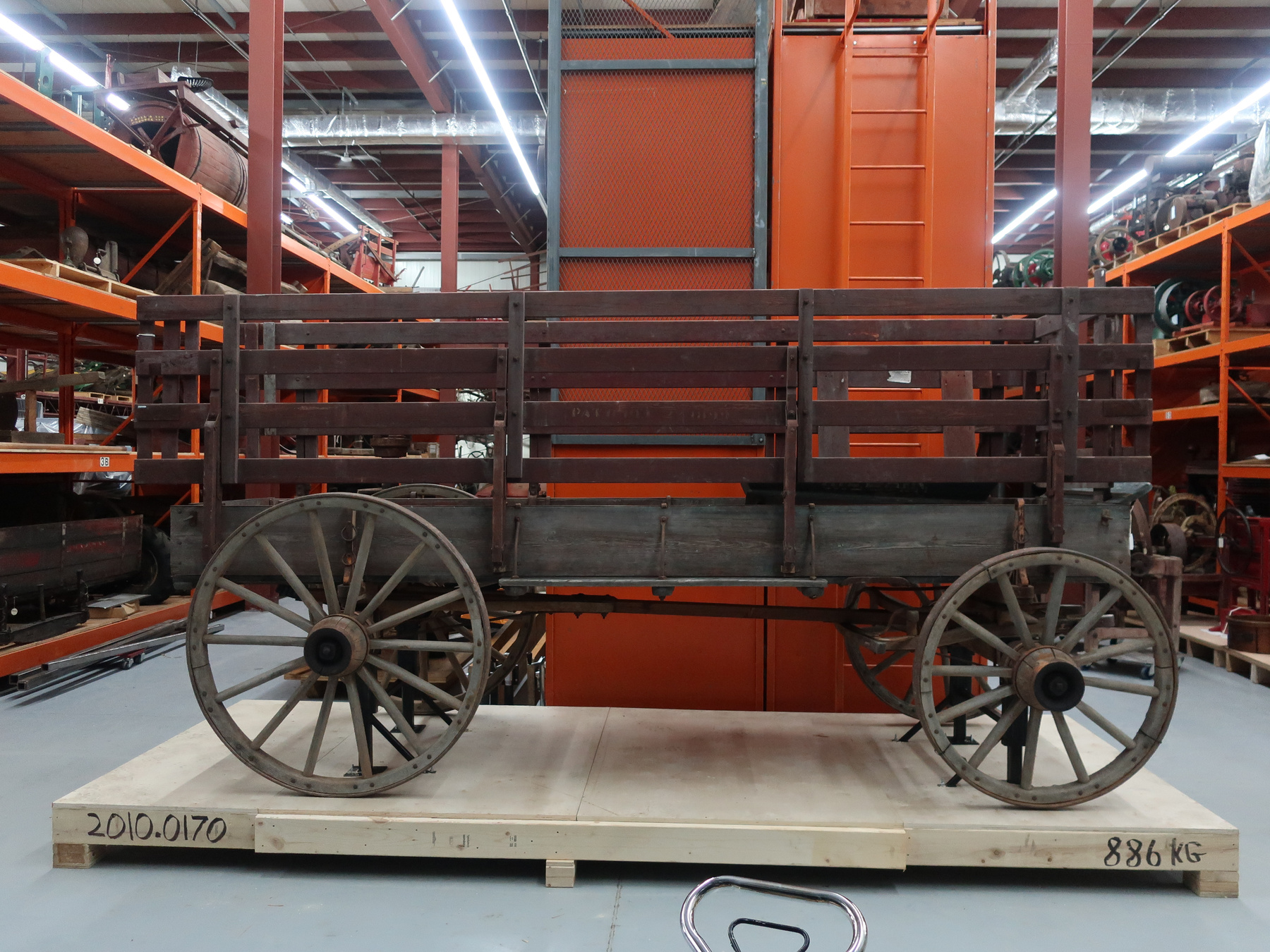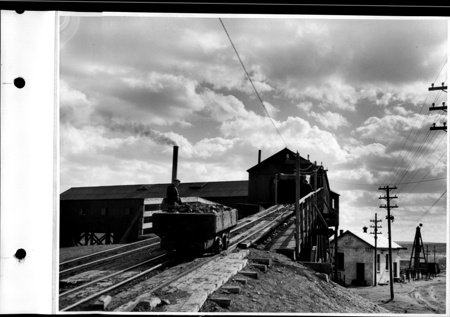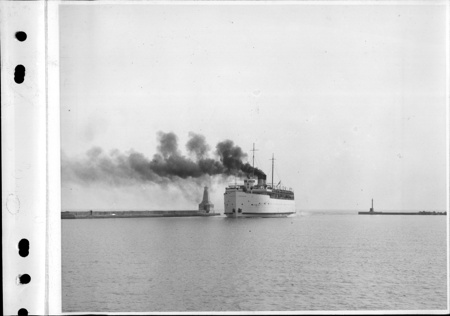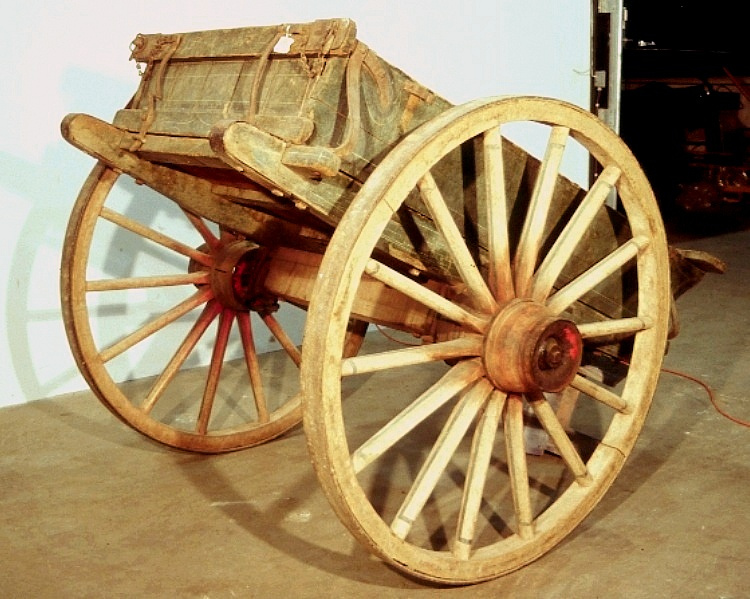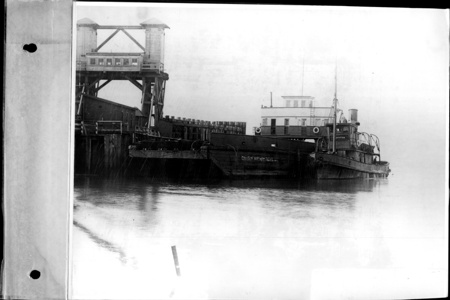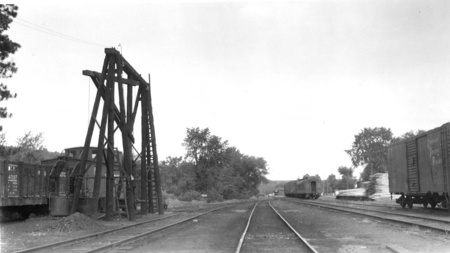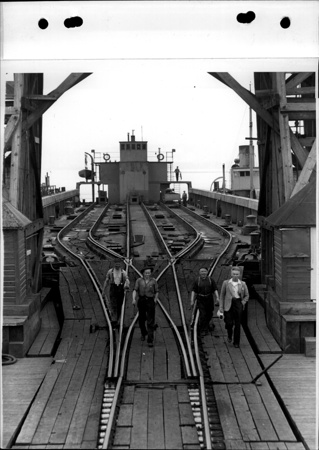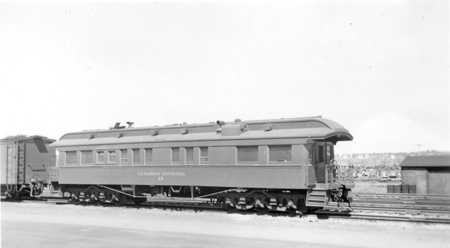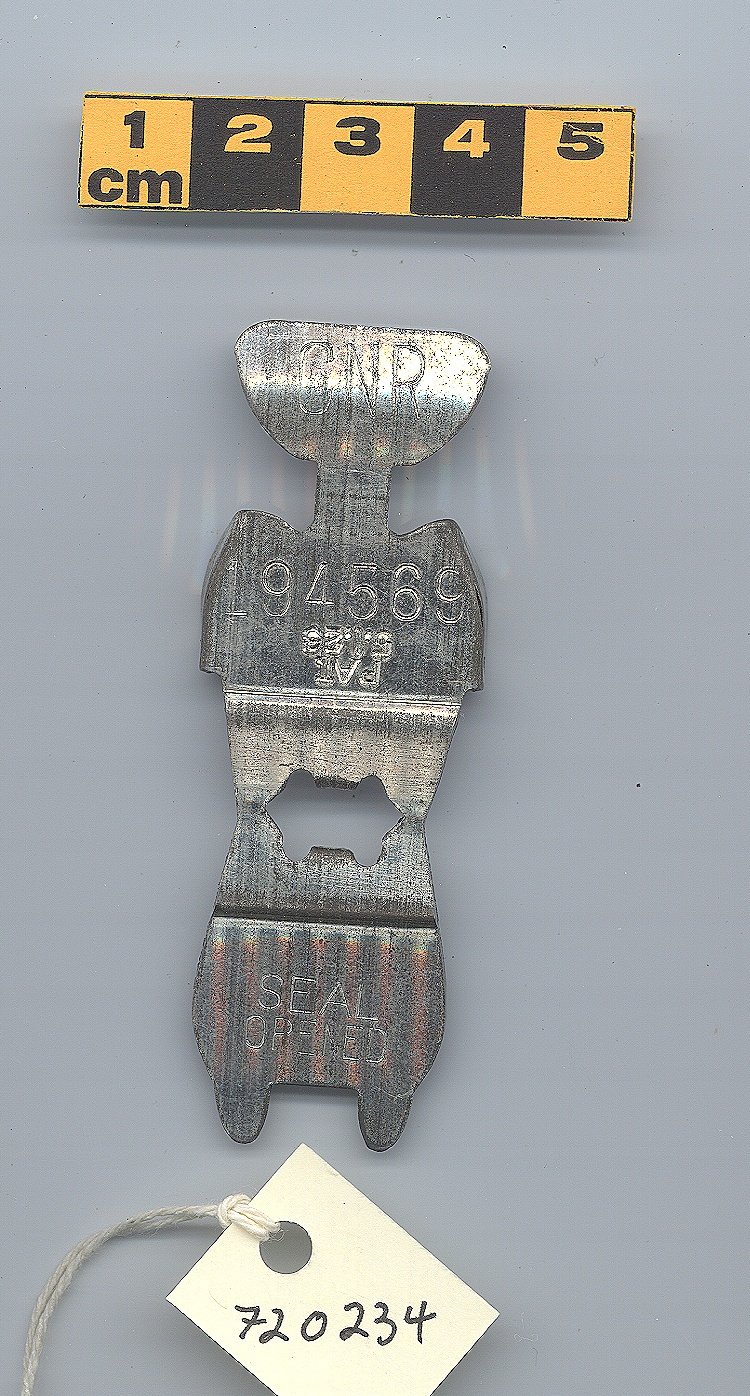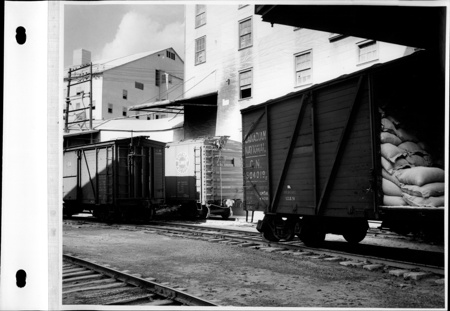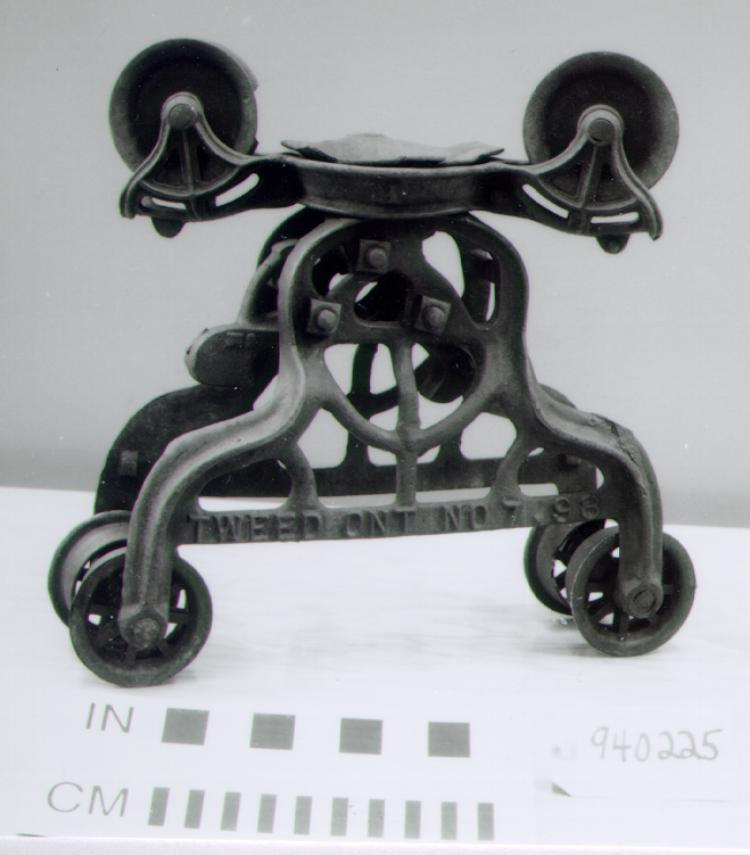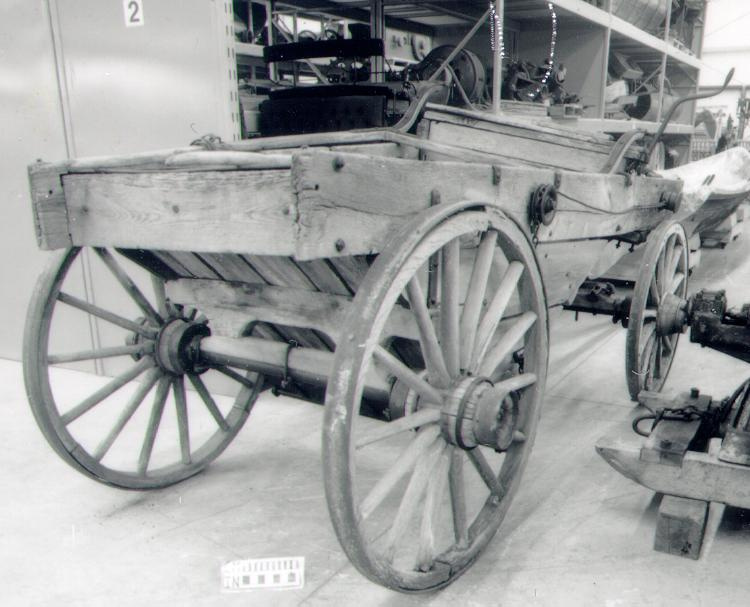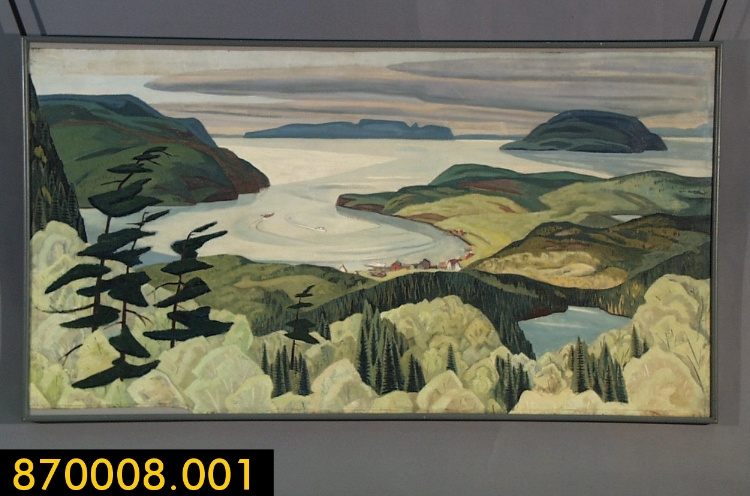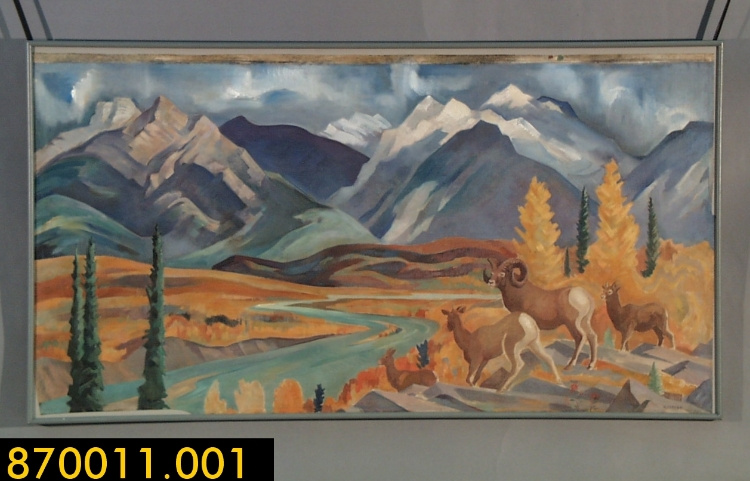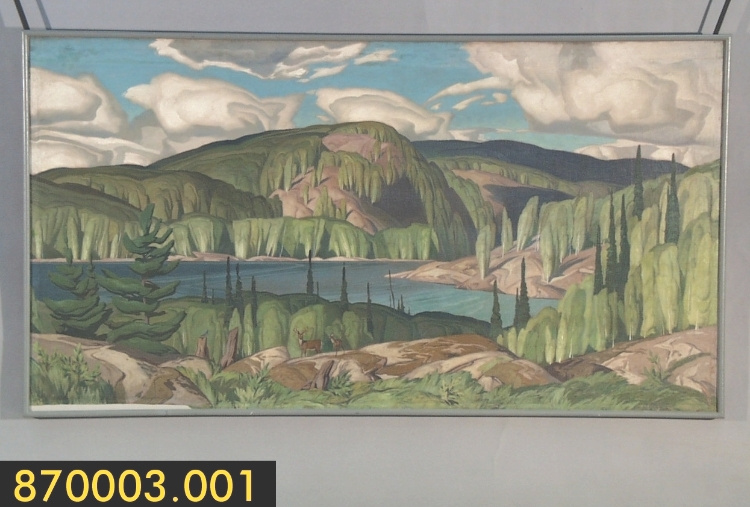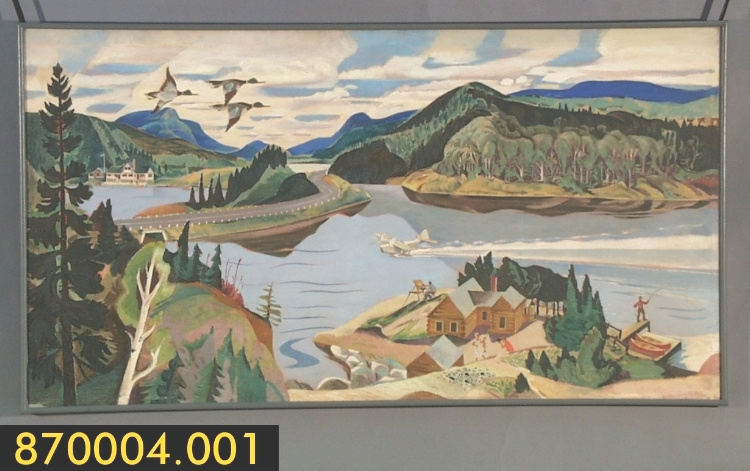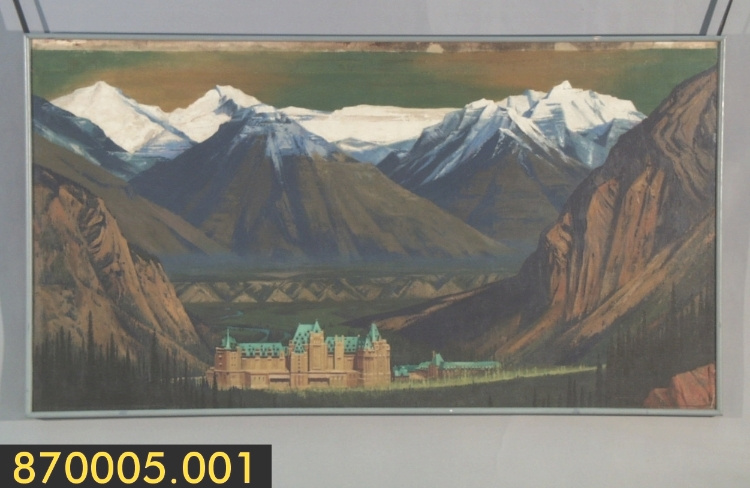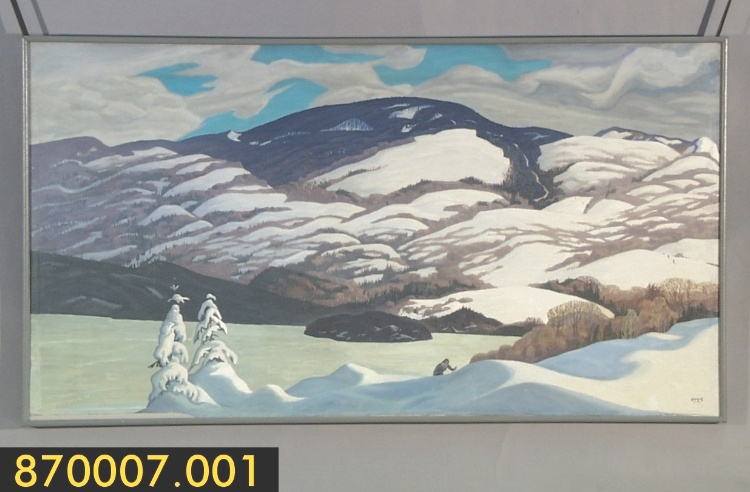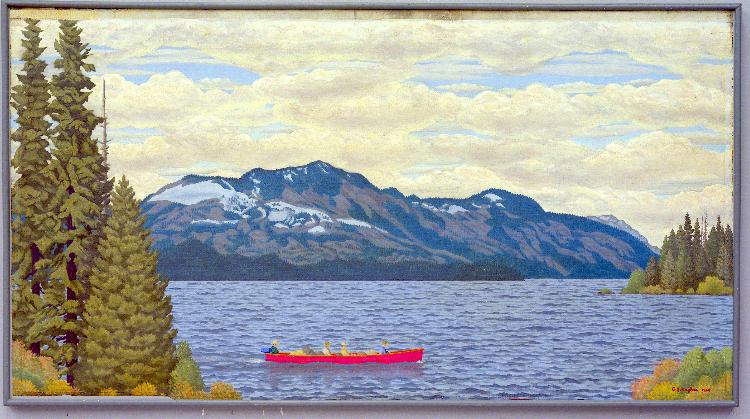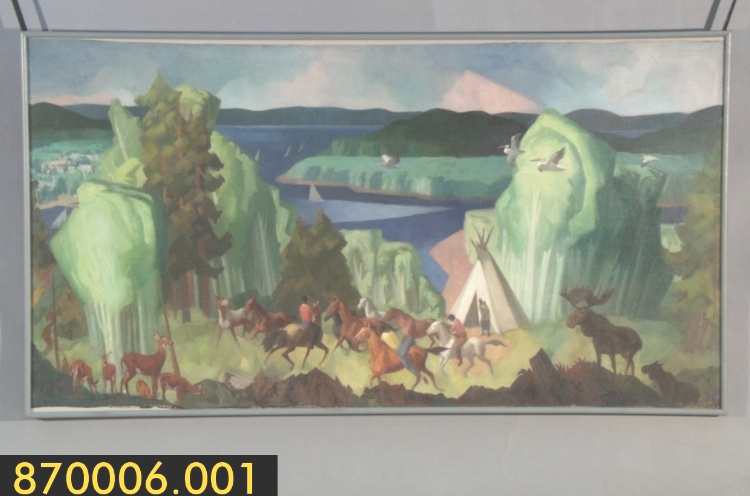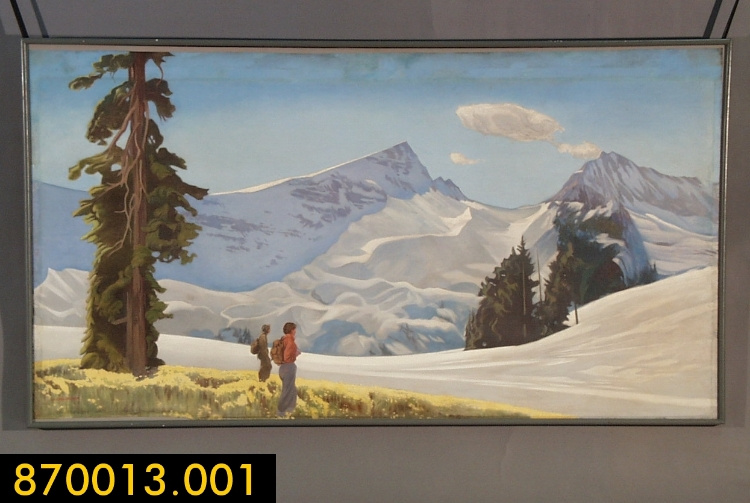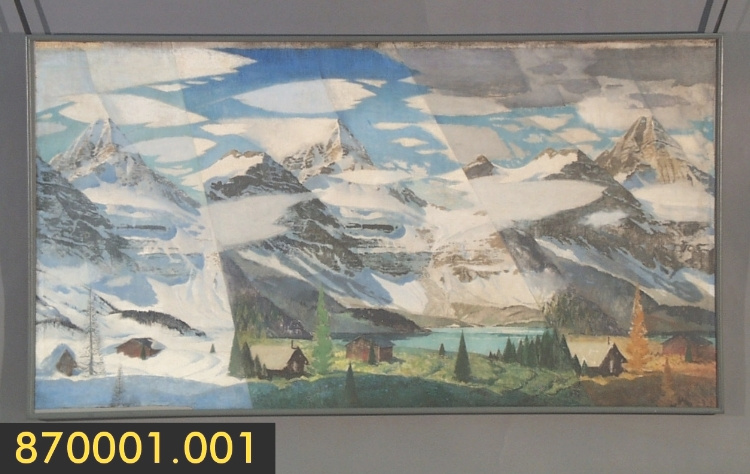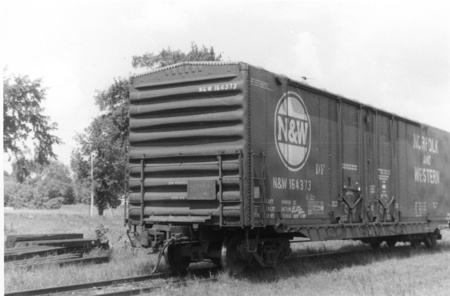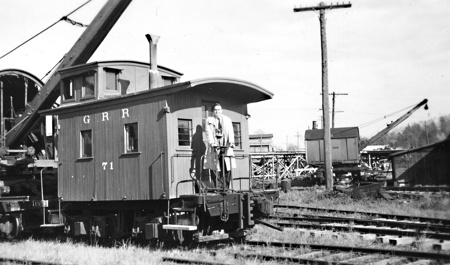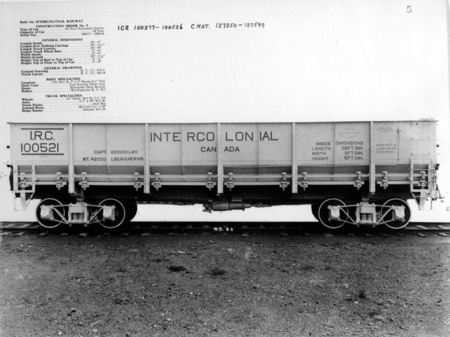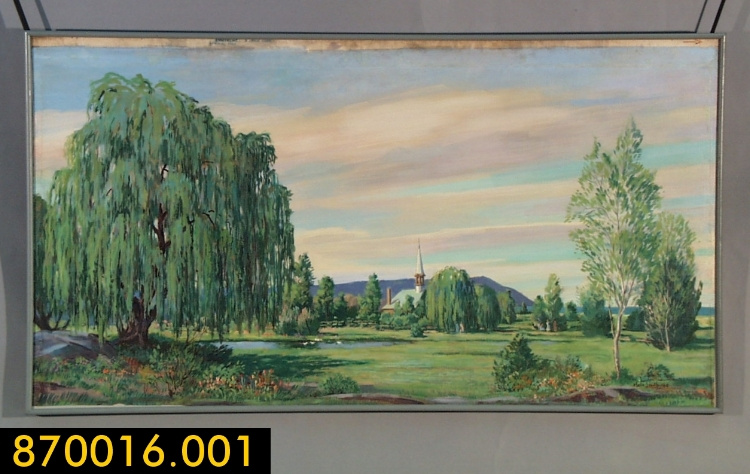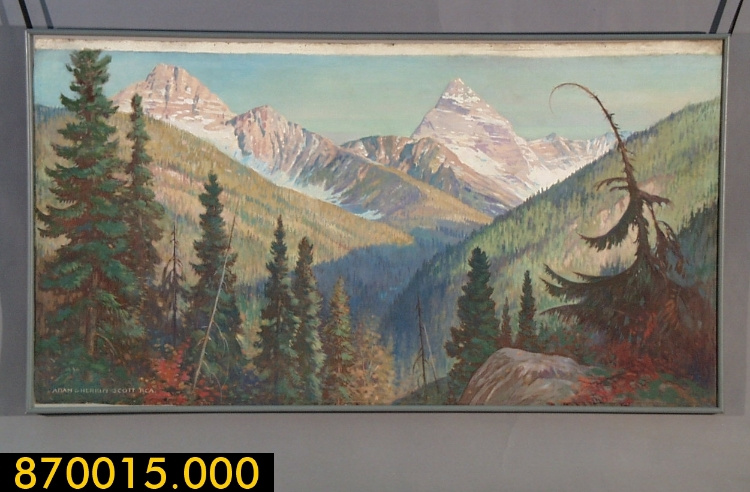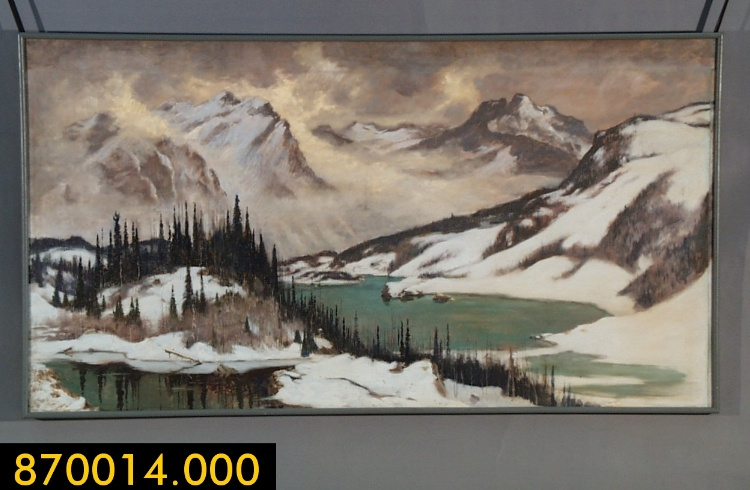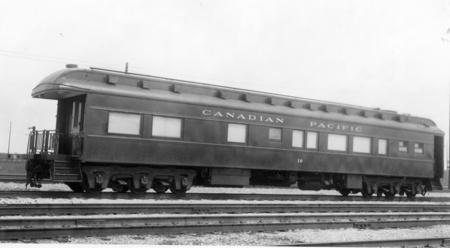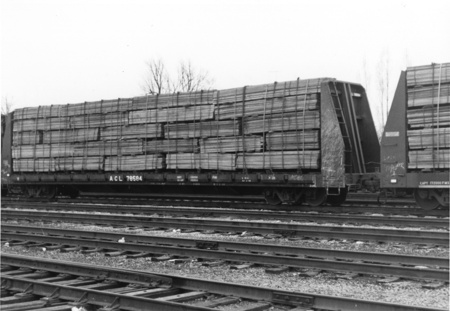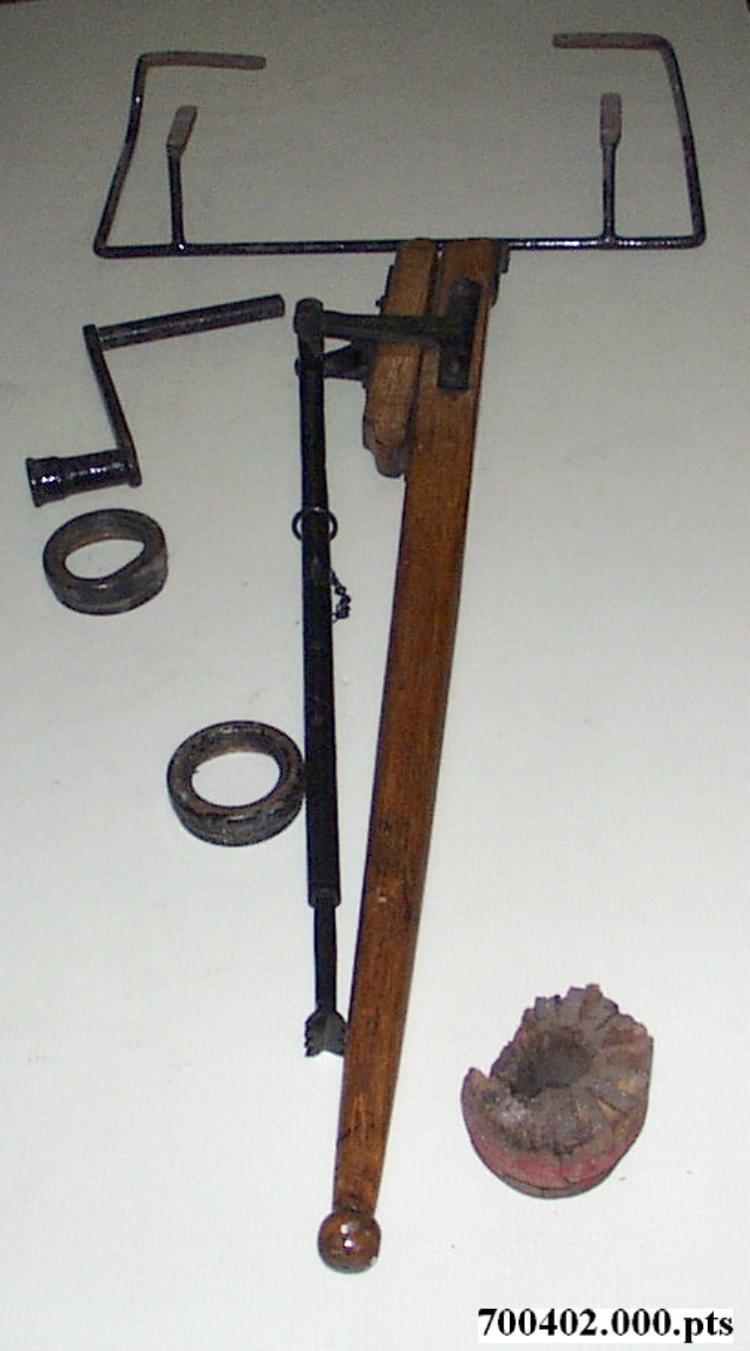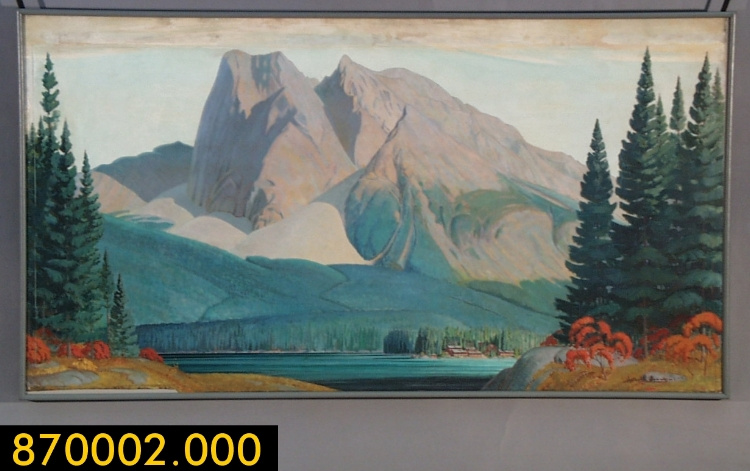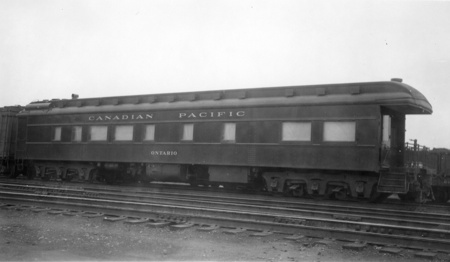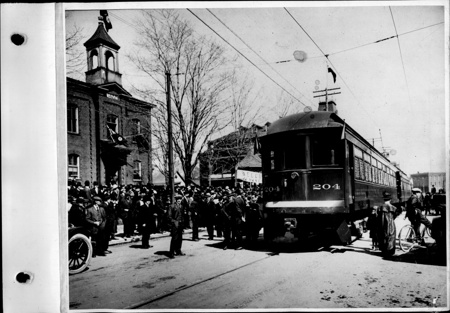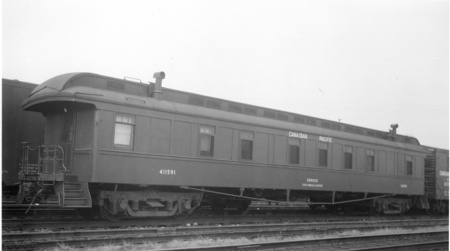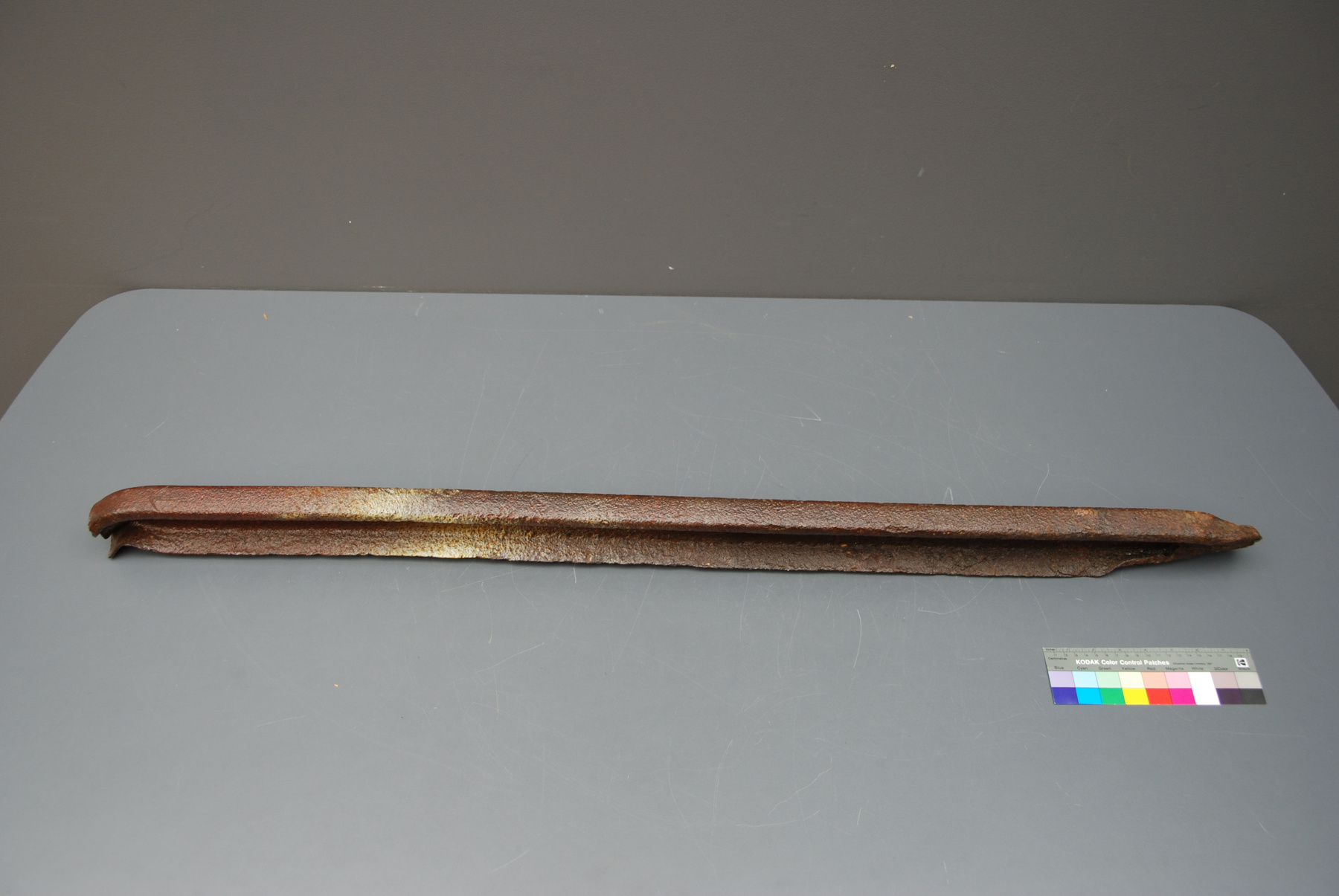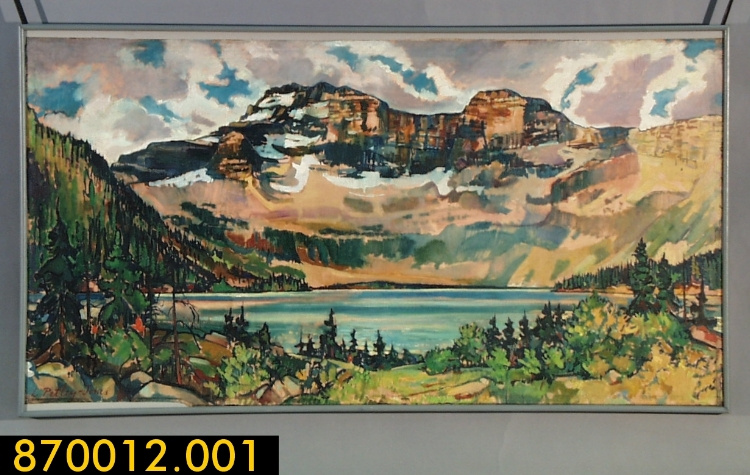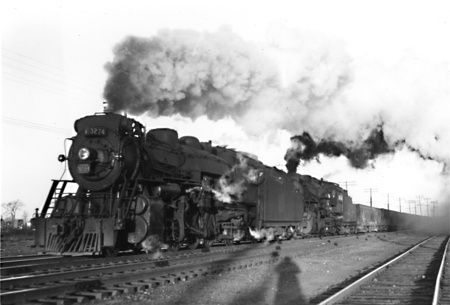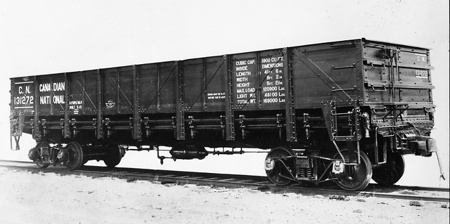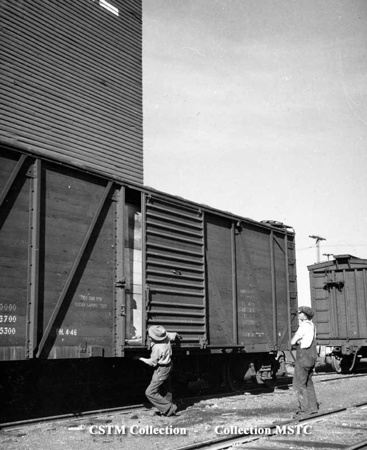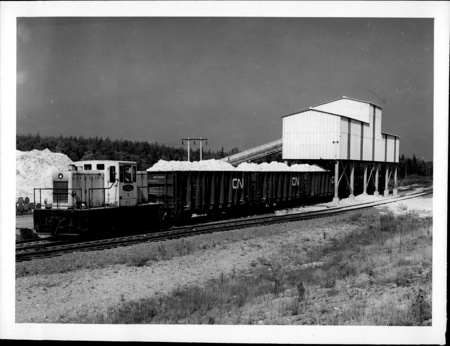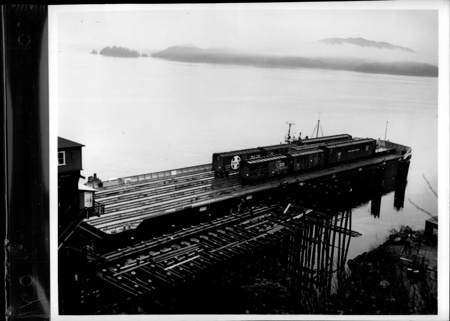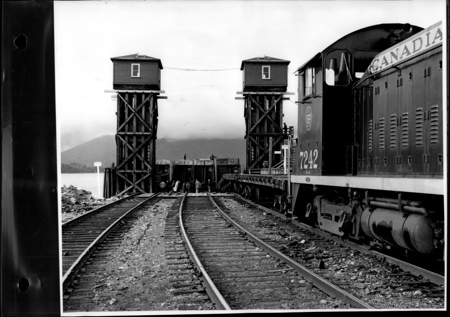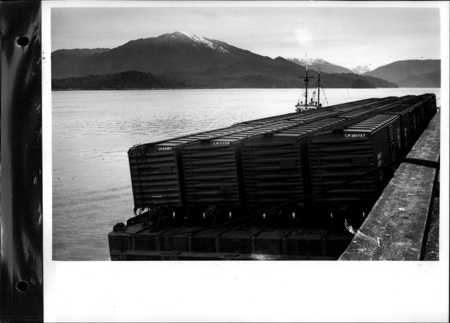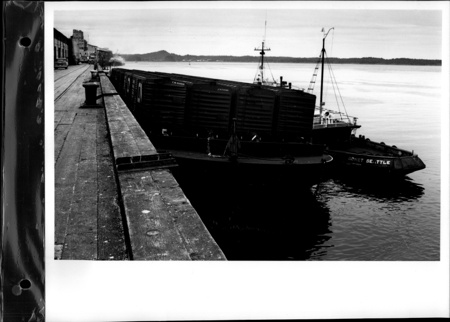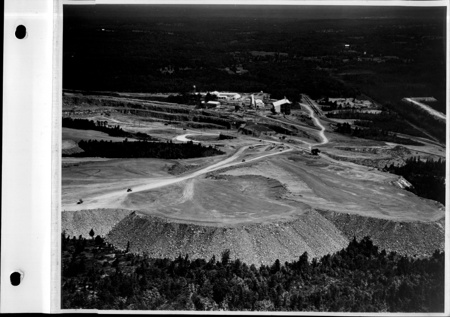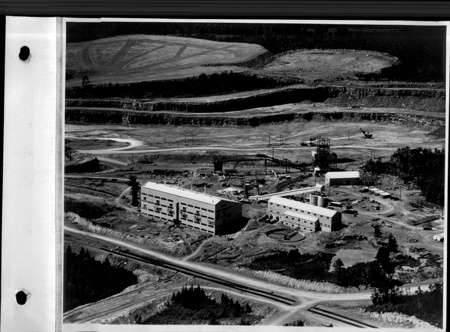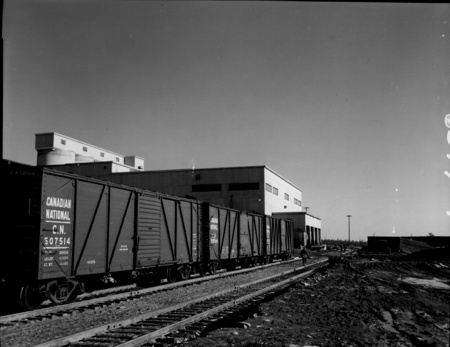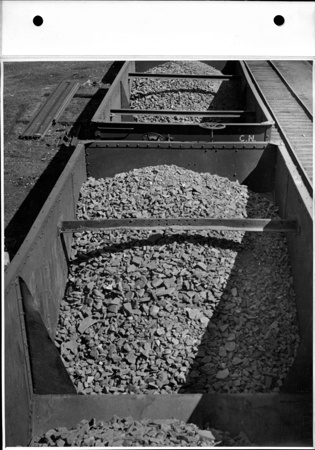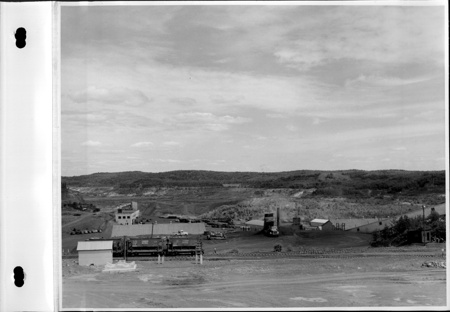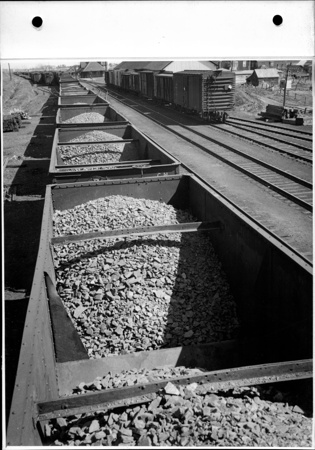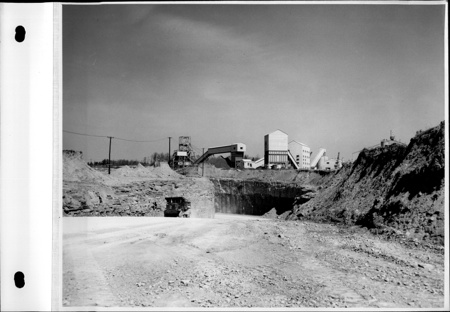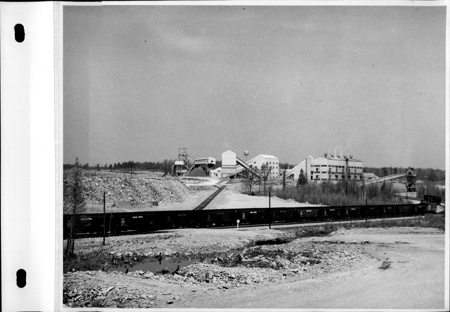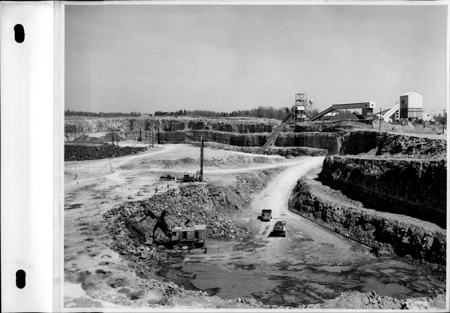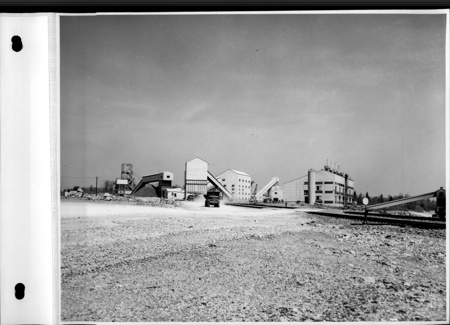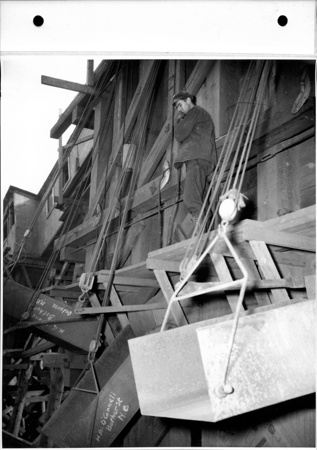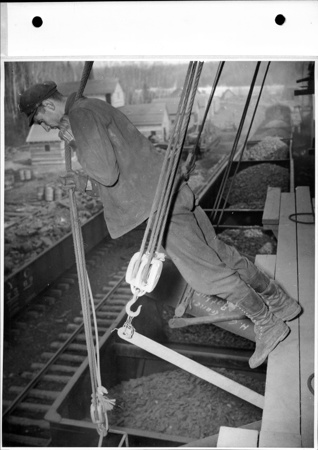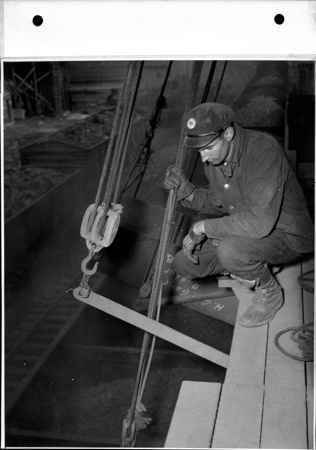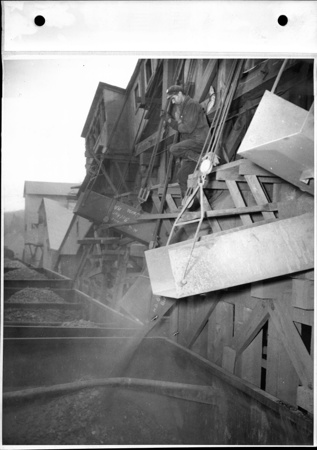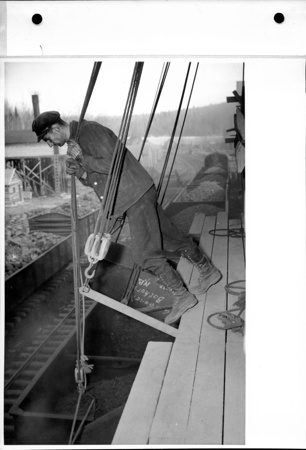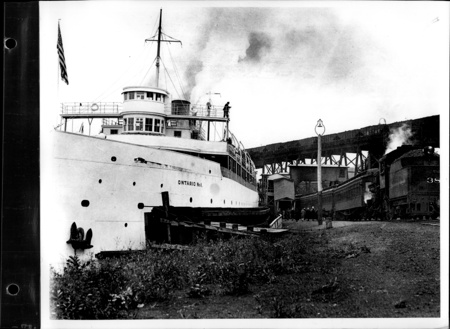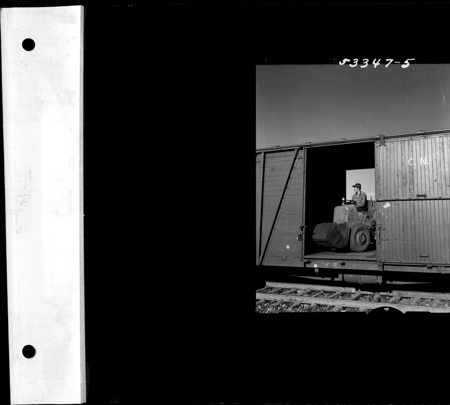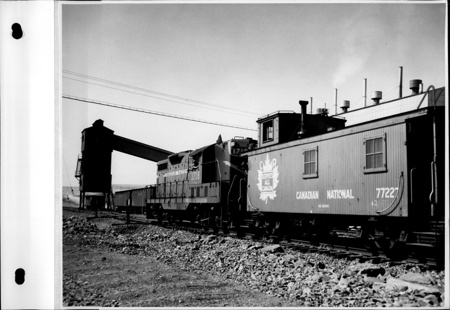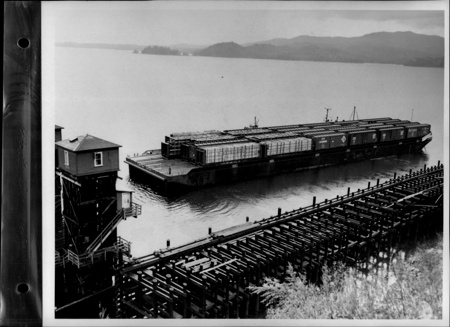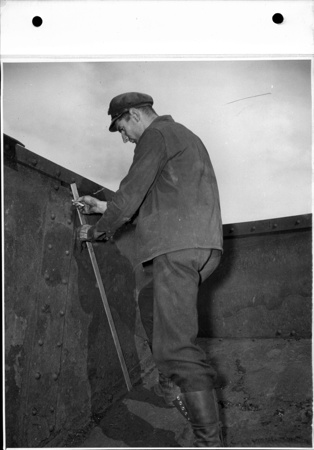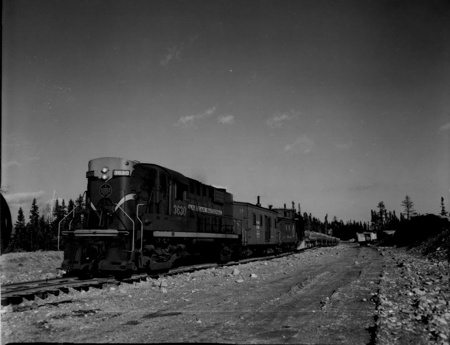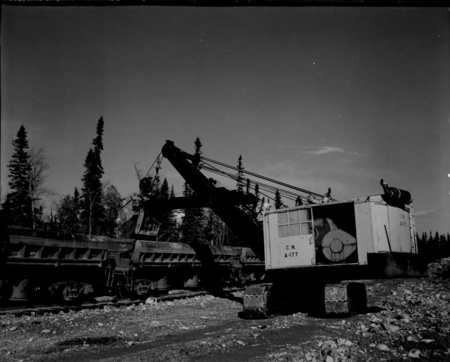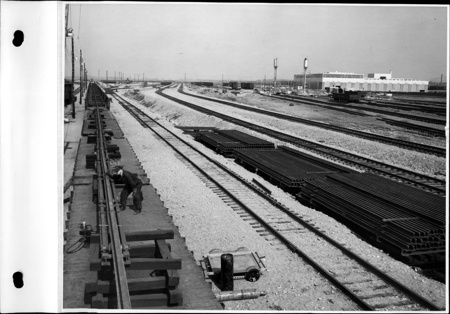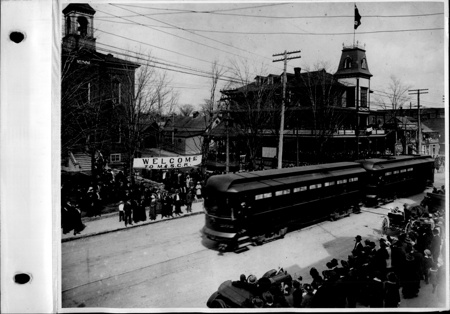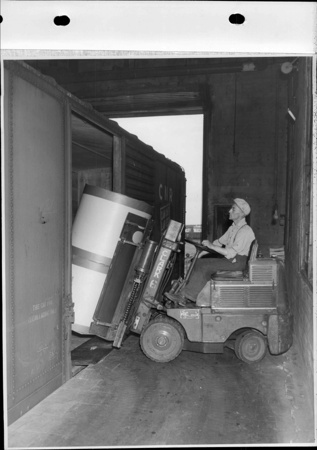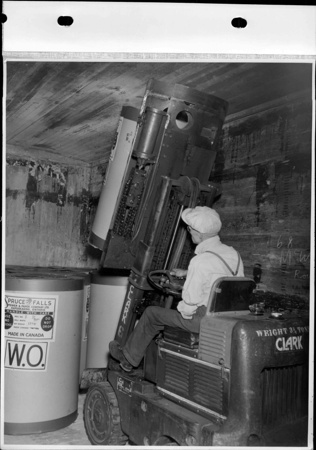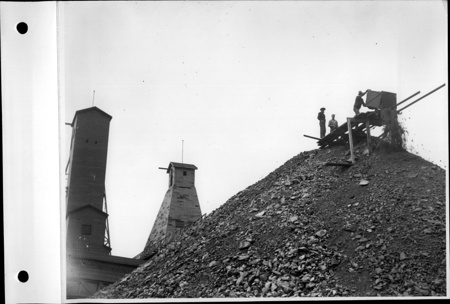Car, ore
Use this image
Can I reuse this image without permission? Yes
Object images on the Ingenium Collection’s portal have the following Creative Commons license:
Copyright Ingenium / CC BY-NC-ND (Attribution-NonCommercial 4.0 International (CC BY-NC 4.0)
ATTRIBUTE THIS IMAGE
Ingenium,
2015.0117.001
Permalink:
Ingenium is releasing this image under the Creative Commons licensing framework, and encourages downloading and reuse for non-commercial purposes. Please acknowledge Ingenium and cite the artifact number.
DOWNLOAD IMAGEPURCHASE THIS IMAGE
This image is free for non-commercial use.
For commercial use, please consult our Reproduction Fees and contact us to purchase the image.
- OBJECT TYPE
- side load
- DATE
- 1867
- ARTIFACT NUMBER
- 2015.0117.001
- MANUFACTURER
- Crossen, James & A.E. Munsen Ontario Foundry
- MODEL
- Unknown
- LOCATION
- Cobourg, Ontario, Canada
More Information
General Information
- Serial #
- N/A
- Part Number
- 1
- Total Parts
- 2
- AKA
- N/A
- Patents
- N/A
- General Description
- Metal and wood
Dimensions
Note: These reflect the general size for storage and are not necessarily representative of the object's true dimensions.
- Length
- N/A
- Width
- N/A
- Height
- N/A
- Thickness
- N/A
- Weight
- 523.0
- Diameter
- N/A
- Volume
- N/A
Lexicon
- Group
- Mining and Metallurgy
- Category
- Mineral extraction
- Sub-Category
- N/A
Manufacturer
- AKA
- Crossen Munsen
- Country
- Canada
- State/Province
- Ontario
- City
- Cobourg
Context
- Country
- Canada
- State/Province
- Ontario
- Period
- Unknown
- Canada
-
Taken from acquisition worksheet: This rare ore car was made in Canada and used at Marmora Mines, one of the most important iron deposits in the 19th century Canada. It is an early example of side-loading technology, which is considered to be an important Canadian mining innovation. The technology, described in the HA on mining, is commonly referred to as the “Granby car.” The invention, dated to the early 20th century, is contributed to the Granby Consolidated Mining, a BC mining company, after which it is named. In fact, the Granby car was a later example of a side-loaded, self-dumping car. The ore car offered to the CSTMC is an earlier version, developed decades before the actual “Granby.” Parks Canada conducted extensive research on the Canadian and technological significance of the car and concluded that it is the earliest and the most complete example of a side-loading car in Canada. Parks Canada Cultural Resource Evaluation prepared in early 2014 suggested that because of its significance the ore car should be transferred to the national collection. Provenance information from Parks Canada file: “In 1980 the remains of four railway ore-dumping cars were salvaged from the bed of the Trent River, west of the Trent River Bridge, where they were abandoned in 1881 after they accidentally rolled off the trans-shipping pier at Trent River. The cars were built for the Cobourg, Peterborough & Marmora Mining Company around 1867-1870 and were used to transport iron ore mined in the region by rail from Blairton, Ontario to the piers at the Trent River. The ore was then dumped into barges and moved upriver by barge through Hastings lock to Harwood and on to Cobourg, Ontario by rail. The Hastings lock was rebuilt during the 1860s to accommodate the barge shipments of ore delivered by rail to the Waterway for transport to markets beyond. The raising of the cars was a salvage operation rather than an archeological excavation. The salvage was undertaken in the course of routine Waterway maintenance by the Trent-Severn’s staff divers and a group of volunteers, not by Parks Canada’s Underwater Archaeology Taken from acquisition proposal: Service. As a result, records of the original salvage site are scanty. Of the four cars originally recovered, all were in various states of major deterioration. The remains of three of the four cars were stabilized by Parks Canada conservators to prevent further deterioration and are stored in the Cornwall warehouse. The fourth car (.1) was re-submerged for future retrieval but was subsequently stolen and never recovered.” Two out of three cars preserved by Parks are in pieces. We are offered the third car, which is most complete. It comes with axles and a set of wheels that was originally attached to the car, but have been removed during 1980s for conservation. A part of one of the axles was cored to conduct metallurgical studies. In this condition, the car not only tells the story of the early ore transportation, but also carries the evidence of the accident and decades under water, and the conservation work that had to be undertaken after the car was salvaged. Therefore, I recommend that we only acquire the body of the car, the wheels, and axles, and do not collect any other parts and hardware as it is impossible to say from which cars the parts originally came. - Function
-
To move ore on rail from a mine to a shipyard. - Technical
-
Taken from acquisition worksheet: Side-loaded, Granby cars are considered an important Canadian innovation. They provided miners with more space to load the ore, and made it easier to spread the load evenly around the car. The side panel was easy to open and the “self-dumping” mechanism allowed for a faster unloading of the ore at a port. From Parks Canada report: “The cars are extremely rare examples of 19th century Canadian-built rail dumping cars of the side-dumping design, a precursor to the side-dumping Granby car, Canada’s most notable contribution to mining technology of the early 20th century.” - Area Notes
-
Unknown
Details
- Markings
- N/A
- Missing
- Brake assembly from one end of the ore car, ore box (bucket), brake application mechanism, part of segmented axle, brass bearings, etc.
- Finish
- Unknown
- Decoration
- N/A
CITE THIS OBJECT
If you choose to share our information about this collection object, please cite:
Crossen, James & A.E. Munsen Ontario Foundry, Car, ore, circa 1867, Artifact no. 2015.0117, Ingenium – Canada’s Museums of Science and Innovation, http://collection.ingeniumcanada.org/en/item/2015.0117.001/
FEEDBACK
Submit a question or comment about this artifact.
More Like This
